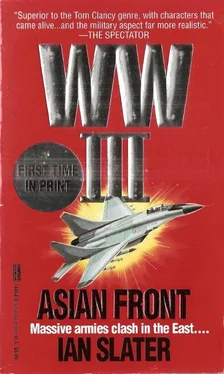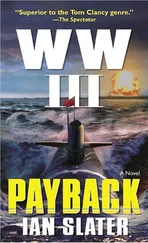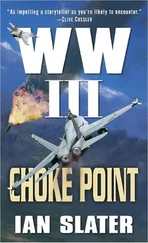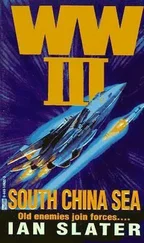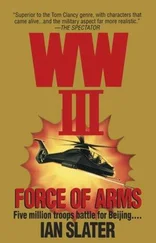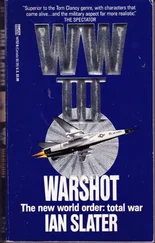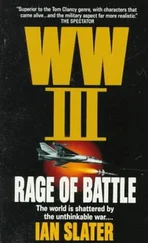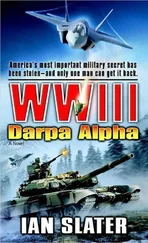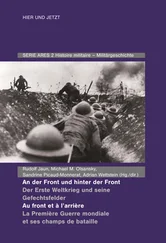Lewis had seen some painful sights in his time, but this turned his stomach, one of the children disemboweled. He could feel the bile rising within him as he saw another small child’s body, its head crushed by a rock, a rag doll held tightly. Lying still in the dust storm that was howling eerily about him, the sand smattering on his goggles, Aussie could see a circle of sand and pebbles that had been thrown up by the Spets helicopter.
The butchery had all the signs of a ferocious haste, one of the ghers still smoking, one Mongolian, an elder, probably the head herdsman, having been struck halfway down between two of the ghers surrounded now by bleating sheep. It was clear the chopper had gone, but Lewis, taking no chances, crept slowly toward the wreckage of the first gher and smiled, whispering, as if Choir, Brentwood, or Salvini was by his side, “The stupid bastards.”
With the canvas, felt, wooden doors, and slats, Lewis went to work with his K-bar knife, stopping now and then to make a quick circuit of the burned-out ghers in the event that anyone had returned, but he was alone in the dust storm.
When he had finished it wasn’t pretty to look at, but if he didn’t get caught between two chunks of rogue ice, the rough raft he had fashioned would get him and the Kawasaki across the river to the northern side. He kept two sturdy roof poles apart and now put them in the center of the raft as he hauled it back toward the Kawasaki. As hard as this was, the most difficult part, he knew, would be getting the raft into the water once it was loaded with the Kawasaki, using the two poles as the raft’s slipway. Suddenly he stopped, for he thought he heard a noise nearby. He whipped out the Makharov.9mm but saw nothing, thinking it must be the bleating of one of the sheep.
The other side of the river, which he could see only dimly now and then in the dust storm, was about a hundred yards away, and if his guess was right, the current would carry him swiftly toward a left-to-right bend in the river that would push the raft into a jumble of ice that had collected at the turn there, but that would allow him to leap ashore and anchor the raft before the. swirling eddies about the bend once again took it out into me river.
The radio message coming in to Canadian Forces Base Esquimalt on the southern tip of Vancouver Island, just north of Washington State’s Olympic Peninsula, was garbled: “Panicky,” reported the U.S. coast guard who was also picking up the message off Whidbey Island.
As well as being an SOS, the signal, patched together, made it seem that the Southern Star, a fish-processing factory ship out of Seattle, which had headed out to beat its competition with four small, fast trawlers, was saying something about an “enemy submarine.” It sounded highly improbable, given the extensive SOSUS — underwater hydrophone or microphone — array network along the West Coast. For this reason, neither Esquimalt nor the submarine base at Bangor, Washington, was inclined to take the report seriously.
There was no storm that, as in the case of torpedoed tankers at the start of the Siberian war, could have masked the sound of an enemy sub attack. Besides, with the Sea Wolf-class USS Aaron Peal, the dual-purpose attack and ICBM nuclear sub, egressing through the degaussing or demagnetizing station on Behm Canal further north on the British Columbia-Alaska border, it was considered extremely unlikely that the Sea Wolf’s sonar wouldn’t have detected any large enemy sub movement.
Further out in the North Pacific would have been a different matter, with enemy subs expected to be nosing about the perimeter of the old Soviet buffer zone that stretched, half-moon-shaped, from the Bering Sea south to southwest toward the Kuril Islands north of Japan, lying in wait for the vital convoys en route to Freeman’s Second Army. But going by the radio message, the Southern Star was within the well-patrolled two-hundred-mile zone off the Canadian-U.S. mainland.
“Ah—” Washington State coast guard pronounced, “they probably saw one of our Hunter-Killers going out on patrol— started shitting themselves.”
“Or a school of fish,” the second officer added. The sudden shifts in water color caused by the quicksilver-like veering of near-surface feeders could suddenly alter the pattern of water, giving it a shivery “patch” look, a patch often mistaken by fishermen, especially in wartime, for the change occasioned by rapid temperature shifts at the water-air interface caused by a sub’s venting excess fresh water, a side effect of its abundant nuclear power. A suspicious-looking patch could also be produced by the upwelling of hydrothermal vents, or hot springs, on the sea floor, whose spouting columns racing up through the cold layers produced a “bubbling” effect on the ocean’s surface akin to a huge globule of oil popping and expanding on the surface in less dense water.
The MV Southern Star, her listing on the coast guard’s manifest showing that she was a fish processor of 15,000 tons, was asked politely, calmly, whether she could have been mistaken.
“No way,” the immediate reply came, this time unencumbered by any kind of static.
“Nothing garbled about that,” the coast guard duty officer said. “Must have seen something, I guess. Notify Whidbey Island. They can send out a chaser.”
Within twenty minutes a P3 Orion, replete with sonobuoys and other ASW equipment, including eight Mk 54 depth bombs, eight 980-pound bombs, six Mk 50 torpedoes, and six two-thousand-pound mines on underwing hard points, was being dispatched on full alert speed at 470 mph. After the saboteur attack on a Trident sub by an antitank missile earlier in the war as she had egressed Hood Canal, the duty officer wasn’t about to take chances, even though he believed the lookouts on Southern Star had seen no enemy sub but perhaps a whale breaching.
With its MAD — magnetic anomaly detector boom, an extension of the plane’s tail — on active, the Orion made for the last reported position of the Southern Star, and within twenty minutes of crossing the surf-fringed ribbon of Vancouver Island’s Long Beach saw the factory ship, the dots on the Southern Star’s forward deck waving frantically up at the aircraft, more crew members spilling out by the second, as if by sheer force of numbers they could somehow convince the aircraft to shepherd them into port.
“What are they worried about?” the Orion’s radar operator asked. “No one’s gonna go after a fish boat.”
“Yeah,” the copilot wryly said. “But figure it’s you down there, buddy boy. And you thought you’d seen a hostile. You’d want protection, too.” From the Southern Star’s position, the copilot gave the captain a search pattern for possible Hunter-Killers in the area that, taking the Southern Star as its center, extended in a circle two hundred miles in diameter.
The only anomaly the MAD picked up was metalliferous deposits around sea mounts where superheated water from the unstable sea floor southwest of Vancouver Island had streamed up, causing minerals to be leached out as the hot plume hit the colder water of the northeast Pacific. But these anomalies were already marked clearly on the oceanographic charts.
“Unless,” the radar operator proffered, “a hostile has nestled in all cozylike against a sea mount, using the magnetic mineral deposits as a cover?”
“Siberian or Chinese sub wouldn’t know the sea bottom that well around here. You’d need to have it laid out like the back of your hand, buddy boy.”
“Maybe they do.”
“Don’t think so — our navy didn’t put up with any of the ‘oceanographic research’ bullshit the Soviet trawlers tried to pull. Goddamn things had so many aerials sproutin’ from them they looked like anemones. Kicked their ass out of here years ago. Anyway, tricky business hanging around sea mounts — all those canyons running off the base, turbidity, currents galore. Sub could end up gettin’ buried in a friggin’ great mudslide.”
Читать дальше
